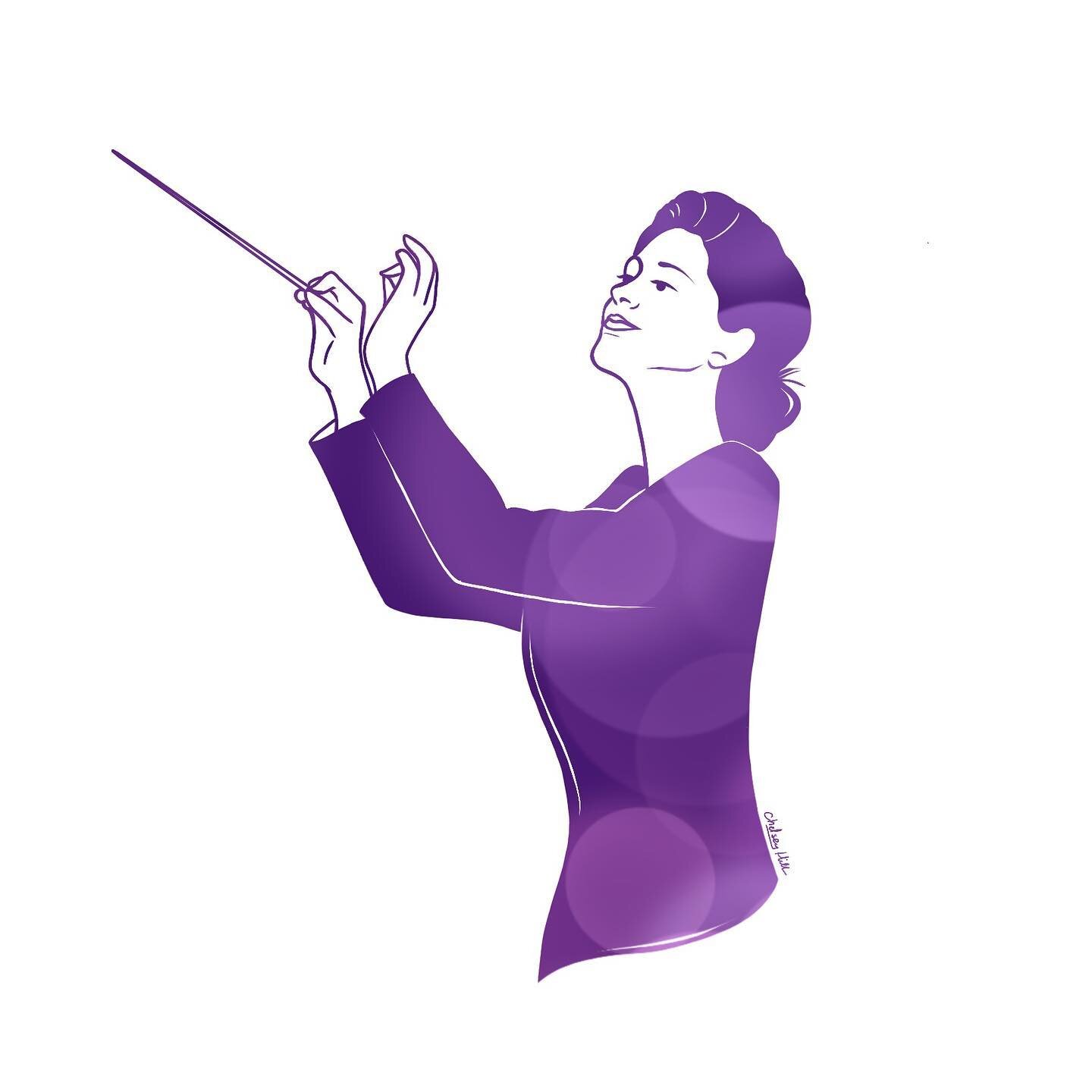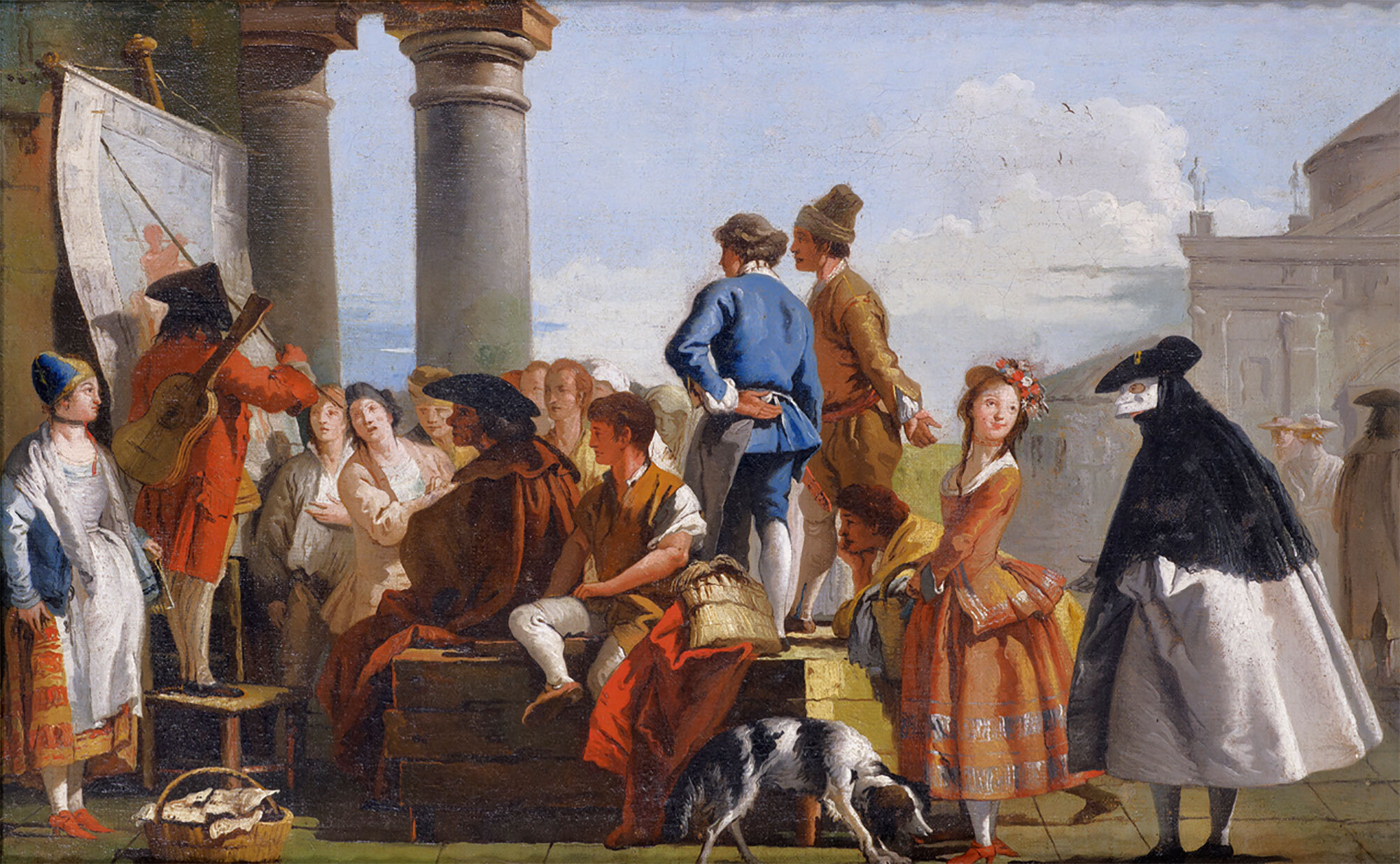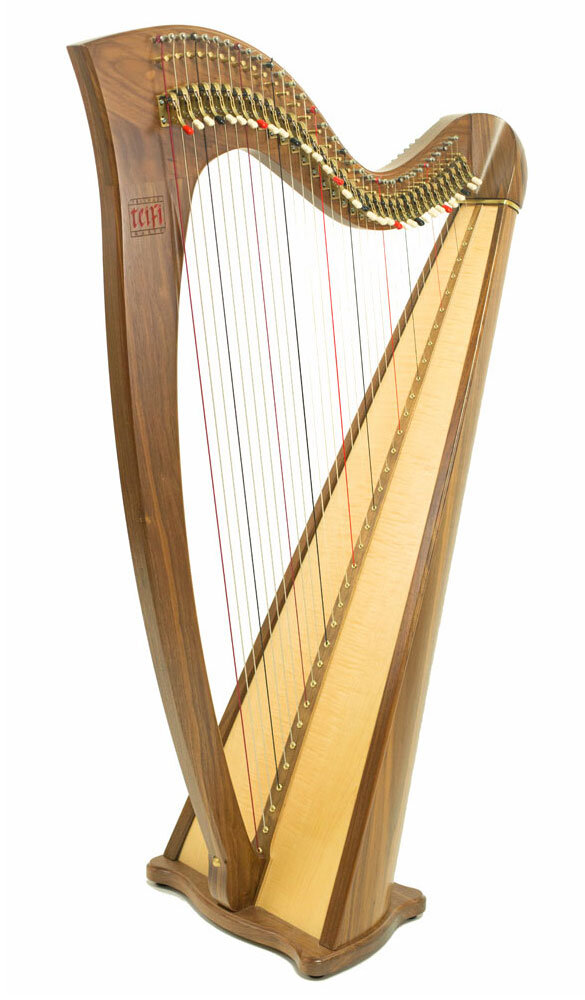Let’s begin by watching the following video. You are likely very familiar with many of the famous European Ballads but have never stopped to consider what they are and what their purpose is. As you watch the video, consider some things:
Where have you heard this type of music before?
Do you associate it with a specific place/culture/people/setting?
What purpose might this type of music serve?
In this video specifically: what kind of instruments do you see/hear? How does the vocalizations of the singers sound different from what you might hear on the radio? What does the music seem to be about? How are the musicians arranged physically? What about the music itself? What is striking you about the Rhythm/Melody/Harmony/Timbre/Dynamics/Texture/Form of the music that gives Ballad its unique quality?
Painting: “Il Cantastorie” (Dickinson)
WHAT IS A BALLAD?
In European music traditions, the BALLAD is a narrative song for voice with or without instrumental accompaniment. Most ballads are about love or the loss of love but can be about anything. In this setting, NARRATIVE suggests that the song is telling a long, drawn out, and detailed story - unlike most songs that are shorter and more repetitive. Ballads are a way of recording history through song and tell stories of real life events, historical fiction that captures the lifestyles and priorities of past peoples, or even made-up fantasies.
Ballads first began as songs meant as dance accompaniment in Medieval France. The word ballad is routed in the word ballet (French for “dance”). The songs were eventually detached from dance and their lyrical content heightened. The tradition of ballads spread all throughout Europe and each region has its own characteristic elements.
Due to the large population of European immigrants to the United States, much of America’s folk music traditions are rooted in European ballad forms. Today, many countries still have a strong connection to their ballad traditions, most especially the UK and Ireland.
BALLAD FORM
Ballads generally have a set form and rhyming scheme that allows for improvisation and alteration within a larger structure. In general, ballads are written in QUATRAINS (a stanza of four lines with alternating rhyming lines in two-line couplets). Most ballad quatrains fall into a structure of ABCB (such as the one below), ABAB, or AABA.
Below is the Scottish ballad, “Barbara Allen” as recorded by American folk singer Joan Baez in 1960. Notice the quatrains and rhyming scheme. Notice also how there is no repeated “chorus” like in traditional song-form, but rather, each verse tells the next part of the story in chronological progression. The song includes realism in a tragic love story, an element of fantasy, and a “moral” of sorts at the end.
When he was dead and laid in grave
She heard the death bells knelling
And every stroke to her did say
Hard hearted Barbara Allen.
Oh mother, oh mother go dig my grave
Make it both long and narrow,
Sweet William died of love for me
And I will die of sorrow.
And father, oh father, go dig my grave
Make it both long and narrow,
Sweet William died on yesterday
And I will die tomorrow.
Barbara Allen was buried in the old churchyard
Sweet William was buried beside her,
Out of sweet William's heart, there grew a rose
Out of Barbara Allen's a briar.
They grew and grew in the old churchyard
Till they could grow no higher
At the end they formed, a true lover's knot
And the rose grew round the briar.
T’was in the merry month of May
When green buds all were swelling,
Sweet William on his death bed lay
For love of Barbara Allen.
He sent his servant to the town
To the place where she was dwelling,
Saying you must come, to my master dear
If your name be Barbara Allen.
So slowly, slowly she got up
And slowly she drew nigh him,
And the only words to him did say
Young man I think you're dying.
He turned his face unto the wall
And death was in him welling,
Good-bye, good-bye, to my friends all
Be good to Barbara Allen.
WHO PERFORMED BALLADS?
In the Medieval through Renaissance eras of Europe, ballads were performed by a class of transient musicians with a specific name depending on their region. These musicians were most commonly referred to as MINSTRELS (England), TROUBADOURS (Southern France), TROUVÈRES (Northern France), or MINNESINGERS (Germany).
This musician class was responsible for learning and knowing classic and new ballads (like a cover band would) and also inventing their own. Each singer would generally accompany themselves on an accompaniment instrument below or might perform in small groups (a precursor to today’s popular bands). Ballad is an oral tradition with ballad singers learning from each other and many people who wouldn’t be considered professional musicians also participating.
INSTRUMENTS
While today’s ballad singers often accompany themselves on GUITAR, FIDDLE, or BANJO, the instruments below are more traditional accompaniment.
CONCERTINA
The CONCERTINA, like the accordion, is a member of the free-reed family. It has a hexagonal shape and is performed by compressing and expanding bellows to move air through the reeds inside the instrument. The Concertina’s timbre is clear, reedy, and focused.
HARP
The folk HARP is similar to the classical harp one might find in a symphony orchestra but it is smaller and pitched diatonically or pentatonically rather than chromatically. The folk Harp features several octaves of tension strings strung inside a frame. The instrument is played via plucking strings one at a time (melodically) or multiple at a time to create intervals or chords. Its timbre is warm, delicate, and round.
HURDY GURDY
The HURDY GURDY is a strange instrument that came from Medieval France and is enjoying a resurgence of popularity today. It is a member of the string family, but instead of plucking the strings or using a bow, there is a friction wheel inside the instrument that rubs against the strings when cranked. The player depresses buttons which change the notes on the strings. The instrument always has drones sounding since all three strings are always played at once. In this way, it sounds similar to the Bagpipe or Sitar. The Hurdy Gurdy sounds scratchy, hollow, and thin.
LUTE
The LUTE is the precursor to the Guitar and was very popular in the Medieval Era for vocal accompaniment. It is based on the Middle Eastern Oud. Because of its construction, string, and keyboard style, it has a gentler, more subdued sound than the modern guitar and its neck turns at a 90 degree angle at the nut. Its timbre is mellow, light, and ringing.
MANDOLIN
The MANDOLIN is another string instrument in the guitar family. This instrument is plucked with a pick and plays melodies and chords. A unique feature of the Mandolin family is that they have double strings - two for each note - which cause a slight out-of-tune effect that gives the instrument its signature sound. The Mandolin is bright, twangy, and metallic.
MUSICAL ELEMENTS OF EUROPEAN BALLAD …
There are so many types of ballad traditions across Europe that they cannot all fall under one description. Below is the description of ballads most typical of the UK and Ireland which are, in turn, most typical of the ballads found in the United States …
RHYTHM: The tempo of ballads tends to be medium to slow which allows for the lyrics to take center stage. The meters can be simple or compound, duple, or triple, but they will stay consistent throughout the piece.
MELODY: Melodies are DIATONIC (all the notes coming from the same pre-established scale for each piece) and quite repetitive. Most melodies are even simpler than Diatonic and are actually PENTATONIC (using only five notes from a major scale). The large majority of the melody is usually stepwise (allowing for less skilled singers to participate in the genre) with leaps used to heighten the drama of the narrative lyrics. ORNAMENTATION is often added in an improvised way to the melodic line by each singer who performs a ballad in order to create their own version.
HARMONY: If harmony is present (there is no harmony in the solo monophonic vocal versions of ballads), it is very basic, relying on Triadic Diatonic chords from the pre-established scale the piece is in.
TIMBRE: The most important timbre is that of the voice as instrumental accompaniment varies. Voices are often natural and unaffected (singers do not use vibrato like in classical forms of European singing). Singers generally attempt to sing with a beautiful tone that manifests as clear, supported, and round; however, due to the emotional nature of many ballads, singers that do not possess naturally-beautiful voices deliver performances in their own imperfect vocal timbre which can heighten the emotional impact of the performance. Most instrumental timbres in a ballad setting will create a background texture for the voice to cut through, so instruments or playing techniques that result in harsher timbres are not preferred.
DYNAMICS: Dynamics tend to match the lyrical content of the song, rising with more action and energy in the story and falling when there is less. Due to the soloistic nature of most ballads, a singer might sing quietly as to create a more intimate and captivating setting for their story.
TEXTURE: Ballads fall into two texture categories: monophonic (unaccompanied) or homophonic (accompanied). Monophonic examples include solo singer or multiple singers in unison. Homophonic settings include two or more singers in harmonized duet or a singer (or multiple singers) accompanied by instruments in the melody-accompaniment style.
FORM: The standard form for ballads is the song form AABA. Not all ballads are in this form and may be in ABAB or ABCB
BALLADS ACROSS EUROPE
Norway
Ukraine
Scotland
Belarus
WHERE TO HEAR BALLADS IN THE USA
European Folk Festivals (especially Celtic)
American Folk Ballads (Old Time and Folk Festivals)
American Country Music (is based on the European Ballad tradition)
Sentimental Ballads in most genres (including Pop, Rock, R&B, Alternative, etc.)








